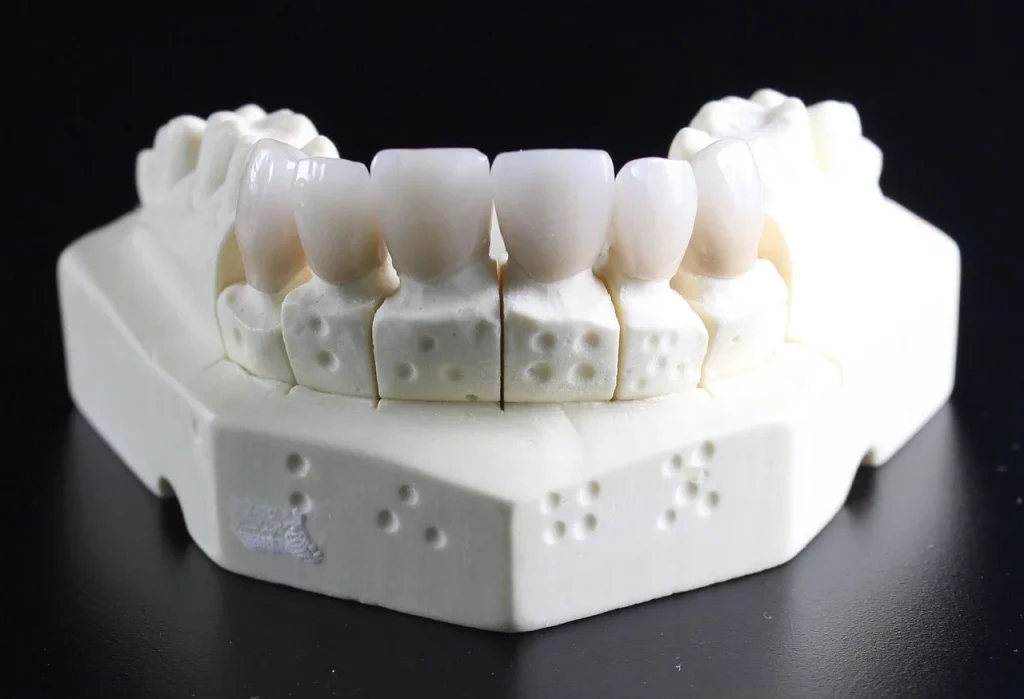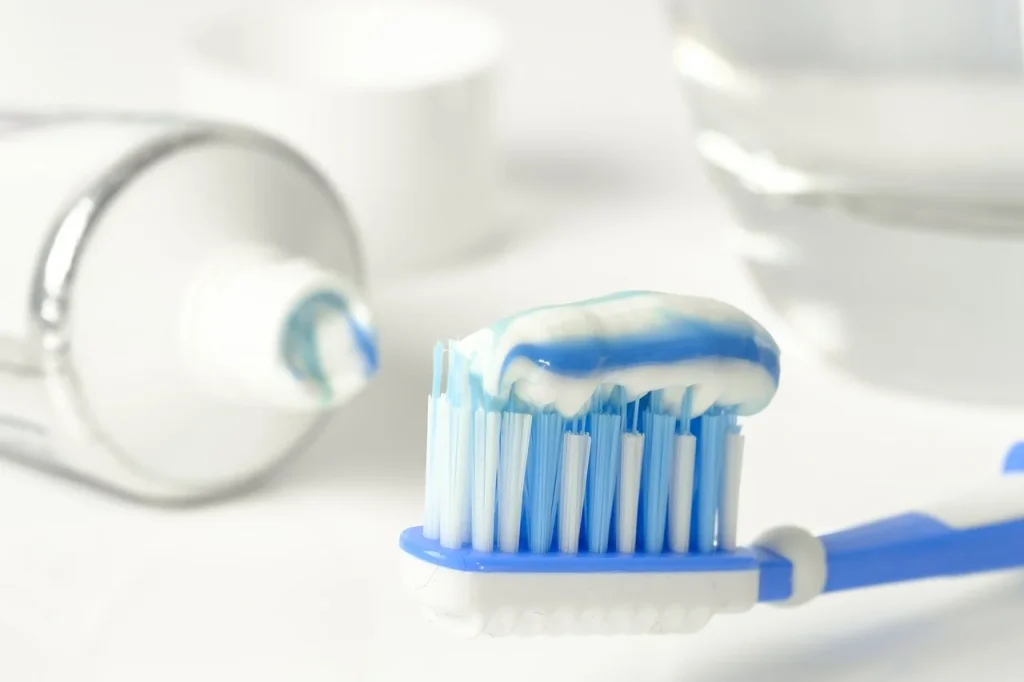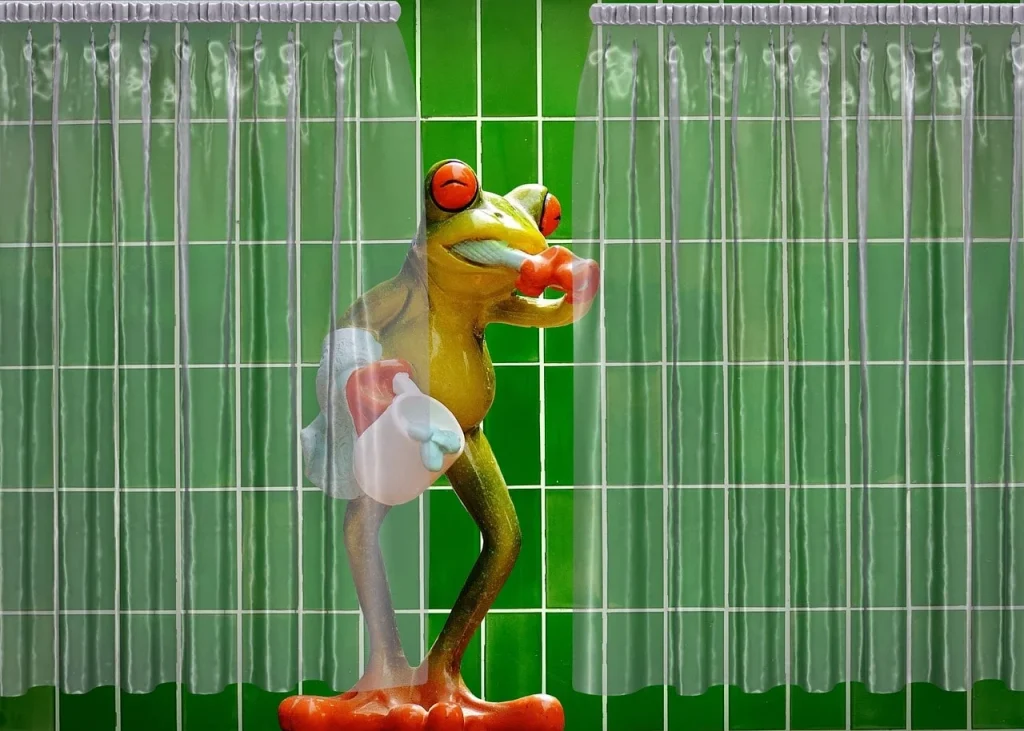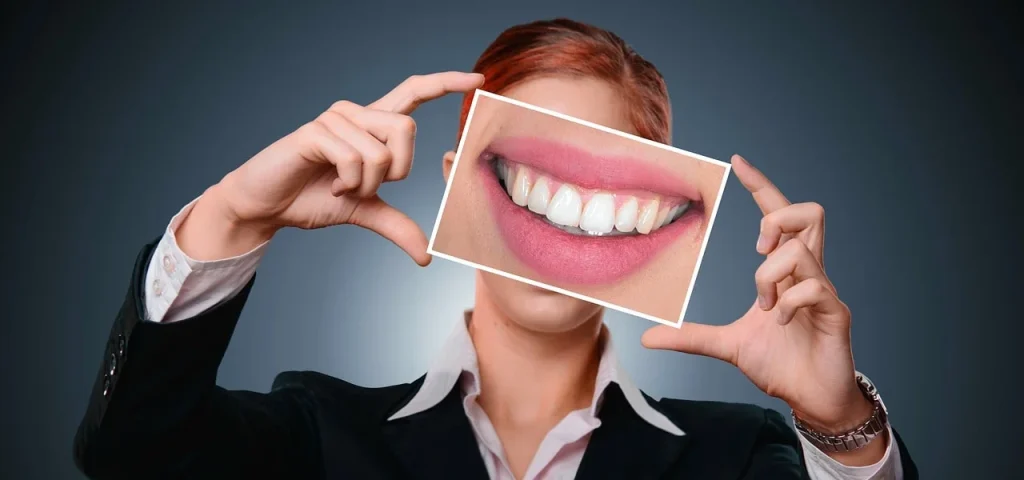Welcome to a journey into the world of teeth, where every smile tells a story and every tooth has its secrets! Did you know that your teeth are as unique as your fingerprints? That’s right, no two people have the same set of chompers.
Today, we’re diving into some interesting facts about teeth. From their ancient origins to modern dental discoveries, teeth are more interesting than they get credit for. Ready to boost your tooth IQ and impress your dentist at your next appointment?
Teeth are always in style.
Dr. Seuss
Teeth Facts
Let’s start our journey. Remember that I created a quiz for you at the end of this article, so read carefully if you want to prove that you have the whitest teeth in the block.
- Adult humans typically have 32 permanent teeth, but by the time they reach old age, many have lost some.
- The enamel covering the crown is the hardest substance in the human body.
- Humans use four different types of teeth for various functions: incisors, canines, premolars, and molars.
- Sharks continuously grow new ones throughout their lives, a phenomenon known as polyphyodonty.
- Each year, over five million teeth are knocked out in children and teens due to sports injuries in the U.S. alone.
- The bite force of an adult human is typically around 200 pounds per square inch, but it can be much stronger in cases of extreme stress.
- The Blue Whale, the largest animal on Earth, does not have any; instead, it filters food through baleen plates.
- They are unique, like fingerprints; no two people have the same set.
- George Washington’s famous dentures were not made of wood but of a combination of bone, human teeth, and ivory from hippos.
- The first known toothbrush was created using boar bristles by the ancient Chinese.
- A single one can provide a significant amount of information about a person’s DNA, as well as clues about their diet and health history.
- Elephants grind down their molars and grow new ones six times in their lifetime before the teeth stop regrowing.
- Human teeth begin forming as early as the sixth week of a fetus’s development.

- Saliva protects them by neutralizing acids produced by bacteria in plaque.
- The record for the most of these in a human mouth is 37, documented by the Guinness World Records.
- Fluoride, found in most toothpaste, helps to rebuild the mineral structure of enamel.
- Cavities are caused by bacteria in plaque that convert sugar into acid, which then erodes the tooth material.
- The fairy tale of the Tooth Fairy is believed to have originated in the United States to comfort children when they lose one.
- Wisdom ones are the last to emerge and often cause complications as they don’t always fit well in the mouth.
- The phrase “long in the tooth,” referring to someone old, comes from the fact that gums recede with age, making the teeth appear longer.
- Teeth impressions are often used by forensic experts to identify victims or suspects in criminal cases.
- Narwhals have only two of them; one remains vestigial inside their skull, while the other grows into the renowned spiral tusk.
- The most expensive tooth sold at auction was one of Sir Isaac Newton’s, which fetched around $3,633 in 1816.
- People have been practicing cosmetic dentistry for thousands of years, including the ancient Romans, who used urine as a whitening agent.
- Teeth can tell stories of past climates as isotopes in them reveal the types of water and food consumed.
- In medieval Germany, people believed that a toothache could be cured by kissing a donkey.
- The world’s largest tooth extraction recorded was a 1.46-inch tooth removed from a man in India.
- Crocodile teeth are embedded in their jawbone, which is why they are so well anchored and tough.

- Prehistoric people used them not only for eating but also as tools for making clothes and cutting materials.
- The first book entirely dedicated to dental practices was published by Artzney Buchlein in 1530 in Germany.
- The pressure to crack a walnut with your teeth is about 300 pounds per square inch.
- Neanderthals are known to have used toothpicks to clean food debris from between their teeth.
- The first electric toothbrush was developed in Switzerland and introduced to the U.S. in 1960.
- Some cheeses, including aged cheddar, Swiss, and Monterey Jack, have been found to protect them by preventing decay.
- Hyenas use their extremely strong teeth to crush bones and access the marrow inside.
- Lasers, which are sometimes used in modern dental treatments, can cut through both bone and tissue precisely, reducing recovery time.
- Rodents constantly grow throughout their lives, which is why they gnaw on hard objects to keep them at the right length.
- Porcelain veneers, popular for creating perfect smiles, were invented by a California dentist named Charles Pincus in 1928.

- Sugar does not cause cavities; rather, it is the acid produced by bacteria digesting the sugar that does.
- The ancient Maya would drill holes in their teeth to embed precious stones for aesthetic purposes.
- Professional cleanings at a dentist can remove tartar, which is hardened plaque that cannot be removed with regular brushing and flossing.
- The practice of using dentures can be traced back to around 700 BC with Etruscans of Italy who made them with human and animal teeth.
- Studies suggest that periodontal issues can be linked to other health problems, including heart disease and diabetes.
- Mouth guards, commonly used in sports, can prevent many injuries and tooth loss.
- Titanium, used in dental implants, is biocompatible with the human body, meaning it’s not rejected by the body’s immune system.
- The custom of putting a child’s baby tooth under a pillow for the Tooth Fairy is relatively modern, appearing in the early 1900s in the U.S.
- Gingivitis, a mild form of gum disease, can usually be reversed with good oral hygiene.
- Some tumors can form in the jaw and grow teeth-like structures in rare cases, a condition known as teratoma.
- The sound of a drill at the dentist’s office is due to a high-speed air turbine spinning the drill bit.
- The oldest dental fillings, made of beeswax, were discovered in a 6,500-year-old human jawbone in Slovenia.
Teeth Myths

Having just explored the facts, we now turn to debunking myths. Let’s see how many of these common beliefs hold up under scrutiny.
- Brushing Harder Cleans Better
Teeth are better served by gentle brushing. Enamel and gums can be damaged when brushed too vigorously. Soft-bristled toothbrushes and gentle, circular motions are recommended for effective cleaning. - Sugar is the Only Cause of Cavities
While sugar is commonly associated with cavities, any carbohydrate can contribute to their formation. It is the frequency and duration of exposure to these carbohydrates that are more crucial factors. - Whiter Teeth are Healthier Teeth
The natural color of one’s teeth can vary, and brighter teeth aren’t necessarily healthier. Teeth that are yellowed may still be healthy, while white teeth might still have cavities or other issues. - Flossing Isn’t Necessary if You Brush Regularly
The importance of flossing cannot be overstated. It is essential for removing plaque and food particles from between the teeth where a brush cannot reach, thus helping to prevent gum disease and cavities. - You Don’t Need to Visit the Dentist if Your Teeth Feel Fine
Regular dental check-ups are crucial, even if no immediate problems are felt. Many dental issues, such as early stages of decay or gum disease, are not visible or painful initially but can be identified early by a dentist.
No products found.
Teeth Quotes

We continue to the next section, where famous figures share their insightful (and sometimes humorous) perspectives on teeth, revealing their role in everything from health to beauty to social status.
Every tooth in a man’s head is more valuable than a diamond.
Miguel de Cervantes
Miguel de Cervantes, the celebrated Spanish writer, highlights the irreplaceable value of natural teeth compared to material wealth in this quote from his literary works.
Be true to your teeth and they won’t be false to you.
Soupy Sales
This witty play on words by Soupy Sales, an American comedian, stresses the importance of taking care of one’s teeth to avoid false ones in the future.
You don’t have to brush all your teeth – just the ones you want to keep.
Unknown
This popular dental saying, whose origin is uncertain, delivers a humorous but effective reminder of the importance of regular tooth brushing for maintaining dental health.
Life is short. Smile while you still have teeth.
Mallory Hopkins
Mallory Hopkins, likely a modern-day social media influencer or writer, offers this humorous advice to enjoy life and smile often before old age or dental issues take that ability away.
If you enjoy your health, if you enjoy your happiness, if you enjoy your wealth, then I tell you to take care of your teeth.
George Washington Carver
George Washington Carver, an American agricultural scientist and inventor, underscores the link between dental health and overall well-being with this thoughtful counsel.
Teeth FAQ

Before we dive into our FAQ section, remember that this is your last stop before the quiz. Pay close attention to these common questions to sharpen your understanding!
- Why are teeth sensitive to cold?
They become sensitive to cold when the underlying layer of the tooth, called dentin, becomes exposed. This usually happens due to receding gums or enamel wear. The dentin has tiny channels that lead to the tooth’s nerve and trigger pain when exposed to extreme temperatures. - How are teeth numbered?
Dentists use a specific numbering system to identify each tooth for clarity in records and treatment. In the U.S., the most common method is the Universal Numbering System, which numbers teeth from 1 to 32 starting from the upper right molar and moving around to the upper left, then continuing at the lower left and ending at the lower right. - Are teeth considered bones?
Although teeth and bones share some similarities, such as being hard and containing calcium, teeth are not classified as bones. Teeth are made up of enamel, dentin, and pulp, and they lack the regenerative capabilities that bones have. - Can teeth grinding cause headaches?
Yes, teeth grinding, also known as bruxism, can indeed cause headaches. This habit can lead to muscle tension in the jaw and surrounding areas, which often results in tension-type headaches or even migraines. - Are teeth supposed to be white?
Natural teeth are not typically bright white. They come in a range of shades and can be more yellow or slightly gray, depending on genetics and the thickness of the enamel. It’s normal for teeth to darken slightly with age due to changes in mineral structure and stain accumulation.
No products found.
Teeth Trivia

Are you ready to sink your teeth into our quiz? Be warned: if you don’t bite into any correct answers, your tooth fairy might just switch to collecting trivia points instead!
Teeth Merch
If you are a true fan of smiles, then you definitely need to check out our merchandise. You can find T-shirts, hoodies, mugs, and tote bags for your favorite designs. Feel free to check out all the other designs in our shop.
Conclusion
Finally, let’s not forget how important our teeth are to our overall wellbeing. They help us break down food, light up our smiles, and even play a role in our speech.
Take good care of them by maintaining a solid oral hygiene routine and making regular visits to your dentist. Healthy teeth mean a healthier you!”
Let’s close this one with a funny question: Do you think your teeth would be friends with your toothbrush, or is it more of a love-hate relationship? Let me know in the comments.


